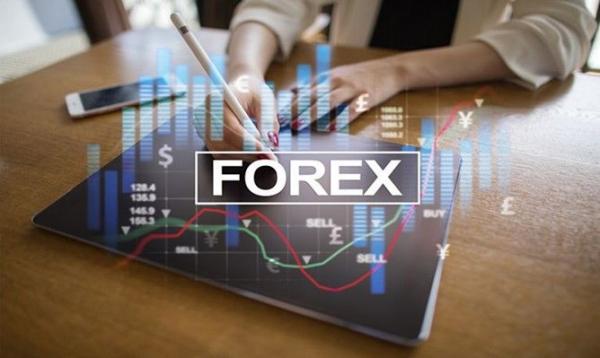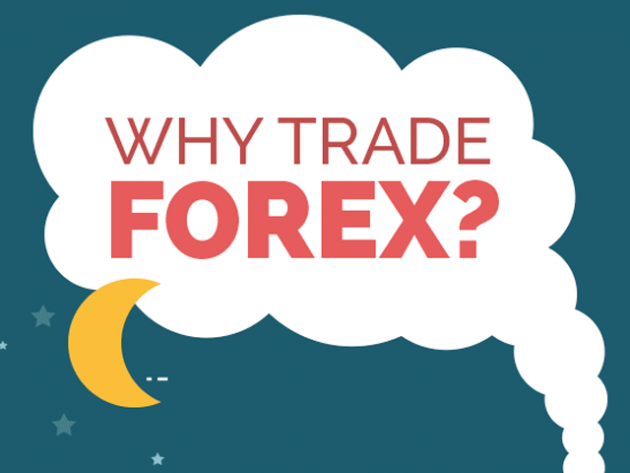
What actually causes the market price of anything to move? The answer is the interaction of supply and demand. How does supply and demand affect prices? In this lesson, we will show how the supply and demand for the two currencies that make up a currency pair move its market price from moment to moment.
HOW DOES SUPPLY AND DEMAND WORK?
The market price of anything bought and sold in a free market like Forex moves for one reason only: changes in supply and demand. There is no other reason why the market price moves. For example, suppose the exchange rate of the Euro against the US Dollar is at 1.3375. This means it costs 1.3375 US Dollars to buy one Euro. Let's say a bank puts an order into the market to buy 500 million Euros right away at the best market price it can get. That's a big order, and it significantly increases the supply of US Dollars and the demand for Euros in the market. If nothing else changes, the price of the EURUSD will now definitely rise above 1.3375. This is because the Bank's buy order will consume all the selling orders at 1.3375, then at 1.3376, and so on, until the order is fully filled and the Bank gets all of the 500 million Euros it asked for.
You see, no trade can be made unless there is someone to take the other side. There needs to be someone else willing to trade their Euros for US Dollars in order for the Bank to get its Euros. That's why it’s called “trading”, even though we use words like “buy” and “sell”.
SUPPLY AND DEMAND ANALYSIS
As you can see, a Bank that needs to buy a large order like 500 million Euros would be foolish to try to get it all at once at the market price, because it would almost certainly get it at an average price higher than the current market price. The Bank would be putting the price up on itself. Instead, the Bank would probably decide on certain market price levels where it expects US Dollars will be in demand and lots of Euros will be available at what the Bank considers to be relative bargain prices. That way, the Bank can quietly buy some Euros every time the market price gets to these levels, eventually accumulating all its 500 million Euros at a cheaper average price.
STOP AND LIMIT ORDERS
So far, we talked only about market orders. Market orders are orders that tell your broker or exchange to make a trade immediately, at whatever price they can get for it. There are two other kinds of pending orders, both conditional upon price reaching a certain level, which you should know about: stop orders and limit orders. Stop orders are orders you tell your broker to execute at a certain price that is worse than the current price. These orders are often used to enter breakout trades, which we will talk about later. Limit orders are orders you tell your broker to execute at a certain price that is better than the current price. Stop orders should not be confused with stop losses. A stop loss can be either a stop or limit order telling your broker to get you out at a certain price if your trade becomes a losing trade. This is an important way for traders to limit risk. You should know that large limit and stop orders, as well as market orders, can move the market price if they are visible to market participants. This is because they affect market participants’ perceptions of supply and demand.
In this lesson, we've talked about how and why the market prices of currencies move. The most important thing for you to remember is that only one thing moves the market: supply and demand from buyers and sellers. Traders profit by buying where there is demand, and selling where there is supply.




03 Comments
“Excellent educational environment for learning to trade and invest in all markets. Instructors or skilled in their markets and great at mentoring their trading processes.”
“Bob Dunn brings some real world experience, and is very respectful of students desire for knowledge. Bob is very engaging with all students.”
“A path of clarity drawn out of a potentially confusing arena.”